Retro Replay Review
Gameplay
John Romero’s Daikatana adopts a top-down action approach that will feel familiar to fans of classic dungeon-crawlers and adventure titles. Players guide Hiro Miyamoto through a series of interconnected levels, each themed around a distinct time period and culture. The core loop revolves around exploration, combat, and puzzle-solving, with an emphasis on using your companions’ unique abilities to overcome environmental obstacles.
Unlike many action games of its era, Daikatana places significant weight on its puzzle elements. Certain doors, platforms, or pathways can only be activated by specific companions—forcing you to swap between characters on the fly. This dynamic encourages strategic thinking, as you’ll need to backtrack and coordinate your party’s skills to unlock hidden chambers or deactivate deadly traps.
Combat remains brisk and engaging despite the overhead view. Hiro and his allies wield a variety of weapons—from katanas and nunchaku to mystical artifacts—each with distinct attack patterns and cooldowns. Enemies range from time-displaced samurai and armored knights to futuristic automatons, ensuring that no two encounters feel exactly the same. Boss fights cap off each dungeon with memorable clashes that test both your reflexes and puzzle-solving prowess.
Graphics
The visual presentation in Daikatana is a colorful mosaic of pixel art, blending historical motifs with sci-fi flourishes. Each time period boasts its own palette: feudal Japan is rendered in earthy reds and browns, medieval Europe in cold grays and blues, and future epochs in neon-lit purples and greens. This diversity keeps the environments fresh as you progress through the game’s many stages.
Character sprites are detailed and expressive, with smooth animations that lend weight to every sword slash and dodge roll. Enemies also receive unique visual touches—robots whir with mechanical limbs, while mythical beasts glow with arcane symbols. The top-down perspective never feels cramped, thanks to carefully designed level layouts that balance open courtyards, tight corridors, and vertical shafts.
Environmental effects, though modest by modern standards, are impressively varied within the constraints of the hardware. Flickering torches cast dancing shadows on dungeon walls, while water ripples respond to your footsteps. Even simple weather shifts—like drifting snow or pouring rain—add atmosphere to key moments in the narrative, making each timeline feel lived-in and dynamic.
Story
At its core, Daikatana revolves around a classic tale of heroism and vengeance. Hiro Miyamoto, scion of a martial artist clan, learns that his arch-nemesis Kage Mishima has stolen the legendary Daikatana sword. With the power to bend time itself, the blade threatens to unravel reality unless Hiro intervenes. Adding urgency to his quest, Mishima’s forces abduct Hiro’s childhood friend Mikiko, leaving him no choice but to pursue his enemy across eras.
The narrative unfolds in bite-sized interludes between dungeon expeditions, with brief cutscenes and dialogue exchanges that flesh out each character’s motivations. While the story doesn’t revolutionize the genre, it injects each locale with personal stakes—rescuing peasants from a tyrannical baron in medieval times, or freeing a future city from robotic overlords. These scenarios underscore Daikatana’s central theme: the responsibility that comes with wielding ultimate power.
Supporting characters bring additional depth to the journey. Two allies—each with their own backstory and combat style—join Hiro mid-campaign. Their banter offers occasional humor and emotional resonance, even if the writing leans on archetypes. Ultimately, the tale of rescuing Mikiko and thwarting Mishima’s temporal conquest remains compelling, driving you forward through challenging dungeons and memorable boss encounters.
Overall Experience
John Romero’s Daikatana succeeds in crafting an adventure that blends nostalgic dungeon-crawling with time-travel spectacle. Its tight level design and clever puzzle integration ensure that players remain engaged from start to finish. While some may find the backtracking and party management a bit demanding, these very features give the game its strategic edge.
Difficulty is adjustable through companion choice and careful exploration. Newcomers can lean on straightforward melee tactics, while veterans are rewarded for mastering character swaps and environmental tricks. Load times are minimal, and save points are generously placed, keeping frustration levels in check during tougher boss fights.
For gamers seeking a retro-inspired romp filled with varied locales, memorable foes, and a heartfelt quest to save a dear friend, Daikatana delivers. Its combination of top-down action, intricate puzzles, and time-hopping narrative makes for a uniquely engaging experience. Whether you’re a longtime fan of classic adventures or a newcomer curious about Romero’s lesser-known opus, this title offers a rewarding journey through history—and beyond.
 Retro Replay Retro Replay gaming reviews, news, emulation, geek stuff and more!
Retro Replay Retro Replay gaming reviews, news, emulation, geek stuff and more!
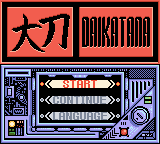
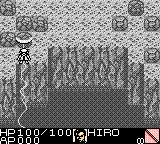
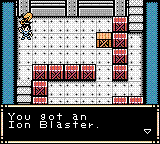
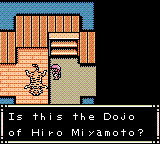
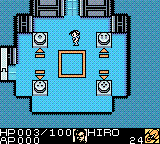



Reviews
There are no reviews yet.